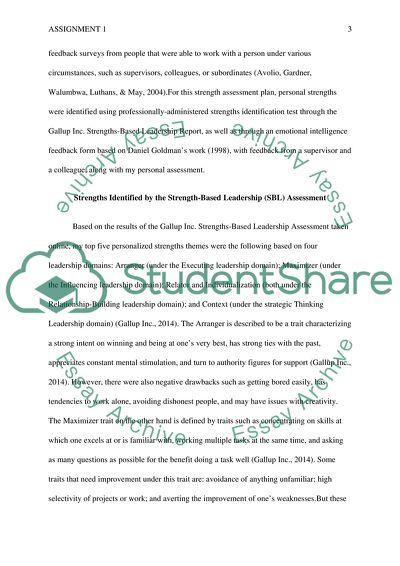Cite this document
(The Leadership Development and Self-Efficacy Plan Essay Example | Topics and Well Written Essays - 1750 words, n.d.)
The Leadership Development and Self-Efficacy Plan Essay Example | Topics and Well Written Essays - 1750 words. https://studentshare.org/psychology/1808631-strengths-assessment
The Leadership Development and Self-Efficacy Plan Essay Example | Topics and Well Written Essays - 1750 words. https://studentshare.org/psychology/1808631-strengths-assessment
(The Leadership Development and Self-Efficacy Plan Essay Example | Topics and Well Written Essays - 1750 Words)
The Leadership Development and Self-Efficacy Plan Essay Example | Topics and Well Written Essays - 1750 Words. https://studentshare.org/psychology/1808631-strengths-assessment.
The Leadership Development and Self-Efficacy Plan Essay Example | Topics and Well Written Essays - 1750 Words. https://studentshare.org/psychology/1808631-strengths-assessment.
“The Leadership Development and Self-Efficacy Plan Essay Example | Topics and Well Written Essays - 1750 Words”. https://studentshare.org/psychology/1808631-strengths-assessment.


